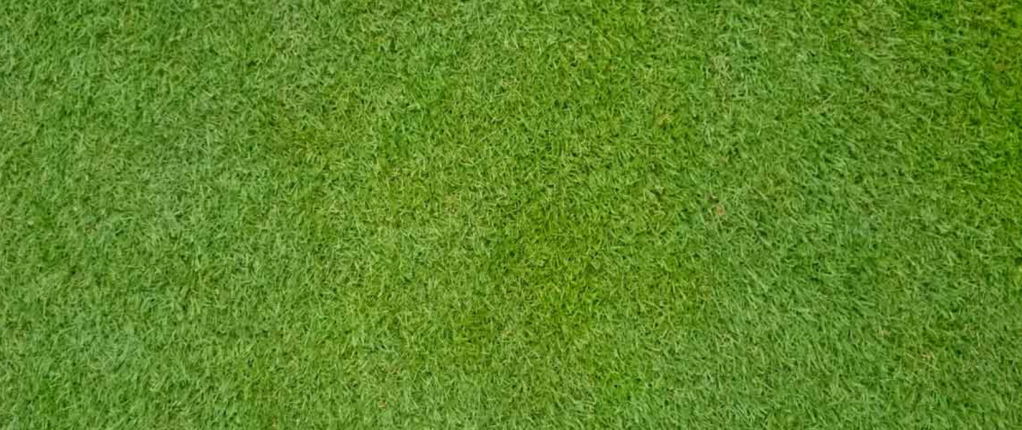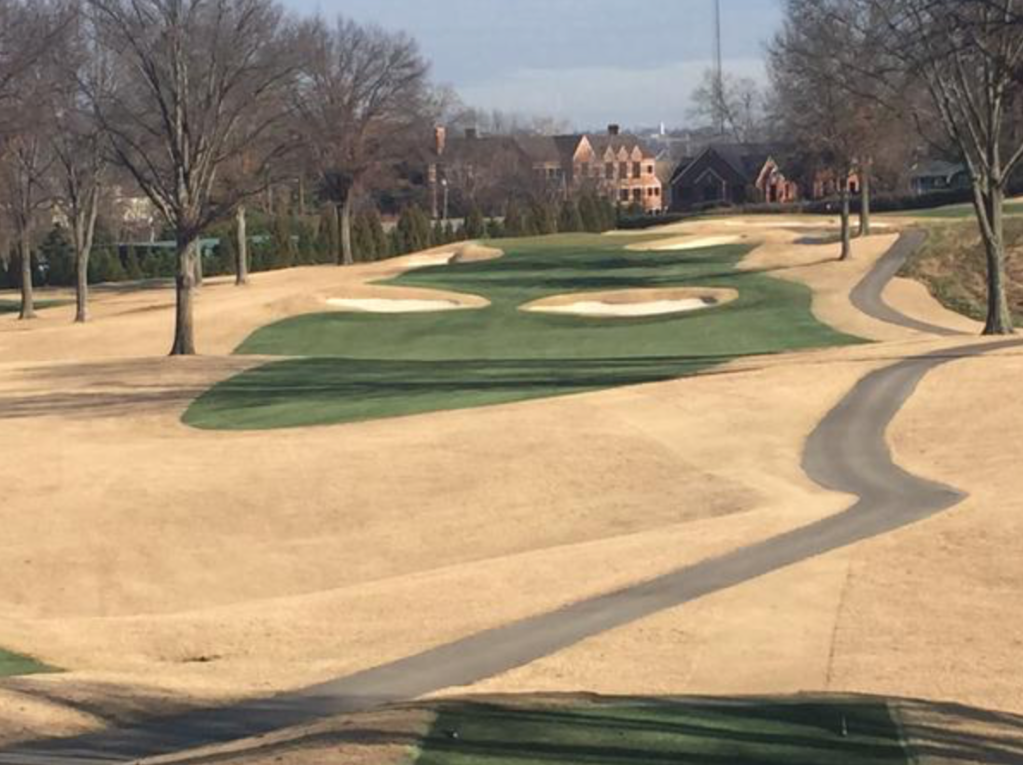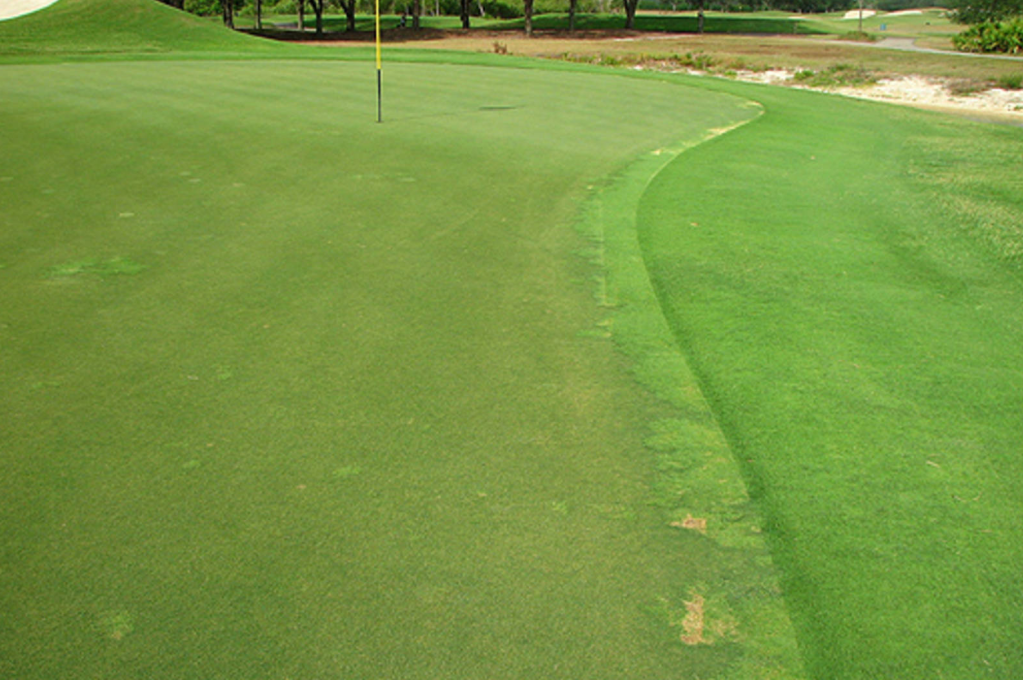This week we are going to take a different view of the most important characteristic of the golf course; the grass. All golf course architects design their courses around the type of grass they are going to use. This week we are going to take a look a very popular grass for some of the worlds best courses known as Bermuda Grass.

I touched briefly on some of the characteristics of Bermuda grass in my video post a few weeks ago, but today we are going to dive deeper. Bermuda is a warm-season grass so it is primarily used in warm areas that typically reach temperatures unfavourable for several kinds of grass. Bermuda is very common in places like Florida, a heaven for golf courses/golfers. Not only is Bermuda suitable for warm regions, but it can also be mowed quite low, which is necessary for golfers to truly enjoy the experience. Bermuda is also a drought-resistant type of grass that can repair quickly, which is why it is a favourite for most maintenance crews at golf courses.

Above is a photo of what happens to Bermuda grass when the temperature gets too cold. This is what we call “dormant Bermuda.” As you can see in the photo, there are two different types of grass used on this golf course as the rough is clearly Bermuda. Not only is Bermuda used for fairways and rough, but it is commonly used for putting greens due to its fast recovery rate.

As you can see in the photo above, there are many different shades of green in different areas of the putting surface. This is because the grain in the grass will grow a certain way depending on where the sun is located. If you take a look at the photo above you will see that the colour of the grass leading up to where the pin is located is somewhat of a darker shade and if you look at the colour of the grass beyond the pin, its somewhat of a lighter shade. What this means is that the growing into the golfer (away from the pin) if he is putting from below the pin, so the putt will be slower. Now vice versa, the grass beyond the pin is growing with the golfer (toward the pin) so the putt will be much faster. These are different characteristics of Bermuda grass on putting greens that the player has to consider, which can be very difficult in certain circumstances.